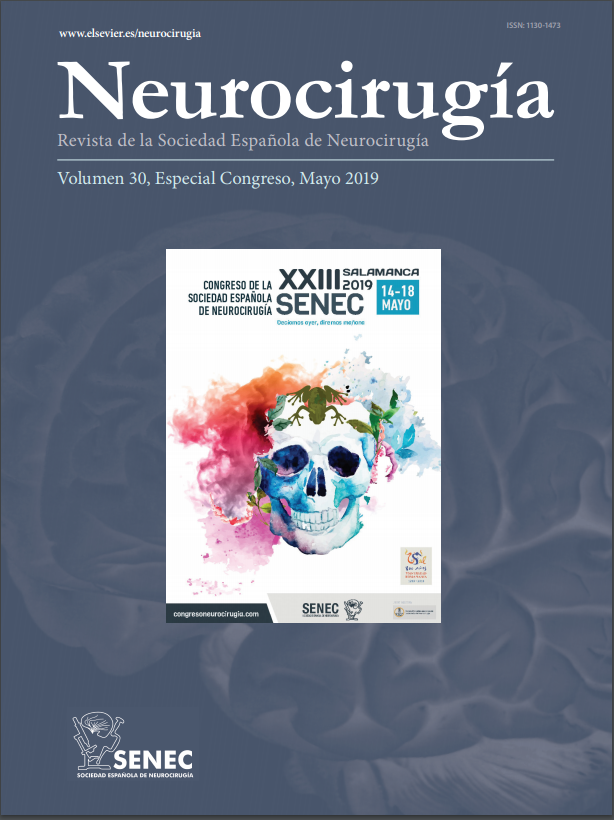C0244 - DIASTEMATOBULBIA TYPE II. CASE REPORT AND LITERATURE REVIEW
Hospital Universitario Virgen del Rocío, Sevilla, Spain.
Objectives: The term diastematobulbia was used to describe the division of the medulla oblongata by a bone spur. To our knowledge, only six cases of basicraneal split cord malformation have been reported in the literature. The main objective is to carry out a review of the published cases to determine the best performance for our patient.
Methods: Case report. A term newborn girl was referred to our service at birth due to an occipital skin defect. The CT and cranial and spinal MRI revealed the presence of a defect in the closure of the neural tube with occipitocervical meningocele and dermal sinus, posterior to the foramen magnum. This defect was associated with an anomaly of notochordal development in the transition between the medulla oblongata and the spinal cord (diastematobulbia). In agree with our protocol, this patient with closed cutaneous defect was scheduled for reconstruction of the occipital meningocele and dermal sinus excision without incident. Six months later, the patient has remained without clinical changes. The motor development was normal for his age, highlighting only an exaltation of the deep tendon reflexes.
Results: After an extensive literature review, we can conclude that previously cases reported are different in several points with the case of our patient. All of them present spur bone or dermoid separating the two hemimedullas. Furthermore, the rest of the patients showed symptoms and signs associated with the malformation while our patient shows a normal psychomotor development hitherto. However, this fact also may be due only to the patient's young age.
Conclusions: The main question is whether the patient should be to undergo scheduled surgery for exploration of brainstem defect. In agree with split cord’s surgical indications proposed by Cheng et al., we have offer closed clinical and neuroimaging survey.







